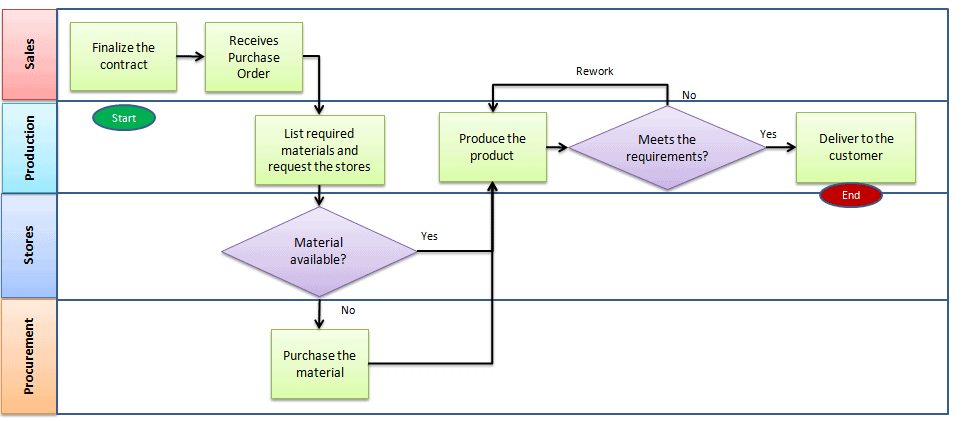Shared Values
When errors happen, it is important that leaders provide the involved individual(s) with THIS.
What is support?
This application is used to report all patient-related incidents, errors, and near misses. It can also be used to recognize a job well done!
What is Keepsafe?
This shared value says we must strive to understand the emotions and perspectives of others.
What is EMPATHY?
This normal human response may occur after a mistake happens, but it can have unintended and harmful consequences.
What is blame [or looking for someone to blame]?
This one priority always outweighs all other considerations (even patient rights).
What is safety?
This program provides confidential (not documented in Epic) short-term counseling sessions with a licensed mental health clinician, free of charge and available to all employees.
What is CopeNYP Employee Assistance Program?
This application is used to report any harm to staff.
What is Worksafe?
This shared value requires us to be truthful and act ethically.
What is INTEGRITY?
In a culture of safety, all team members will feel comfortable to do this when safety concerns occur.
What is speak up?
This type of analysis is used to understand the underlying, systemic causes of serious safety events such as suicide attempts and elopements.
What is root cause?
These trained professionals provide strategies to support resiliency and wellbeing, such as stress management, eating well, physical activity, and good sleep hygiene.
Who are NYPBeHealthy Coaches?
True or False: Only events that cause harm to patients need to be reported in Keepsafe.
False. All errors and adverse events should be reported in Keepsafe so the root causes can be investigated and corrected, regardless of whether or not harm occurred.
This shared value describes the process of working together to reach our goals.
What is TEAMWORK?
A culture of safety aims to build systems that prevent THESE from reaching patients.
What are errors?
True or False: When serious safety events occur, the focus of investigation is to identify and discipline the person(s) responsible.
False. The focus of investigation is to identify what happened, why it happened, and how we are working to prevent it from happening again.
Without adequate support, stressors can worsen THIS and increase the risk for errors.
What is burnout?
To reduce the risk of an incident happening again, it's most effective to focus on THESE, rather than the individuals involved.

What are systems and/or processes?
This shared value emphasizes the need to continually find new ideas, approaches, and methodologies that create positive change.
What is INNOVATION?
The more events are reported, the more we learn about our system and the safer that system becomes for whom?
Who are patients AND staff?
This tool is designed to help us understand the beliefs, values, and practices that contribute to patient safety AND guide our organizational approach to supporting team members and keeping patients safe.
What is the Culture of Safety Survey?
Having one of these at work can improve mental health, reduce burnout, and make lunch more fun.
What is a best friend?
At WBH, this interdisciplinary group meets to discuss incidents (without patient or staff identifiers), systems, and identify opportunities to improve and innovate care.
What is the Incident Review Committee?
This shared value is highlighted by the statement: I will NOT create an environment in which people are afraid to bring forward concerns or issues of safety.
What is RESPECT?
To build a culture of safety, it is critically important for leaders to respond in this manner when someone reports an error, so people feel comfortable speaking up.
What is non-punitive?
Culture of safety is a concept related to THIS type of thinking, which emphasizes that mistakes are generally the product of faulty organizational culture, rather than the fault of the person(s) directly involved.
What are systems?